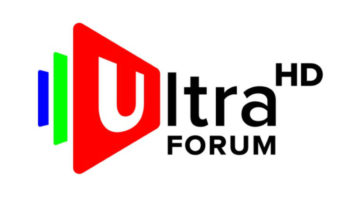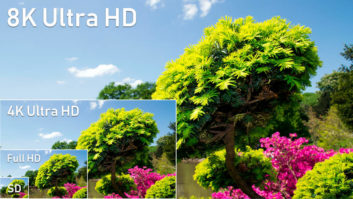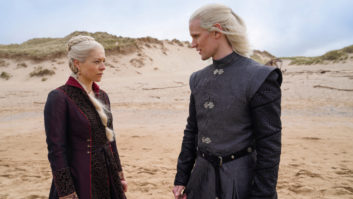
The Digital TV Group (DTG) has warned that the haphazard introduction of 4K Ultra HD TVs and services risks confusing consumers and harming market adoption.
“The question is whether you can drip feed Ultra HD to consumers or whether you need to make a step change in technology?” said DTG technology director, Simon Gauntlett (pictured). “Our view is that it’s best to make a step change as from SD to HD where there was a clear leap up in resolution, colour, sound and performance.”
The problem is that there are different views as to what constitutes Ultra HD among content providers, broadcasters and TV set vendors.
For example, the first tranche of 4K content delivered to the home by services such as Netflix will be movies, which have a standard frame rate of 24Hz. That is way below the threshold considered necessary by broadcasters before they launch Ultra HD services. The BBC for example wants to see 100-120Hz.
Alongside higher frame rates there is an increasing feeling that Ultra HD also requires greater brightness and colour to deliver a truly compelling viewing experience. These elements are only just being introduced to the production pipeline and cannot be displayed on existing UHD TV sets.
Even the latest UHD sets with updated connection standard HDMI 2.0 sacrifice 10-bit for 8-bit colour to accommodate higher frame rates.
“Opinion is divided on whether the industry should wait for that step change,” said Gauntlett. “Manufacturers are keen to sell new TVs that support some, though not all UHD specifications, and content providers don’t want to miss the boat.
“Resolution is only noticeable on large displays whereas higher frame rates and higher dynamic range and wider colour range gives a noticeably better picture on screens of any size. We see UHD as being a step change in picture quality no matter the screen size.”
The issue is further complicated by the initial launch of 4K services delivered over the internet to select smart TV brands, such as Samsung.
Netflix will launch around May this year with services from Amazon and M-Go to follow. They will rely on adaptive streaming, which will vary the quality of the video depending on bitrate into the home.
“Homes with high-speed broadband will be capable of showing 4K resolution but those with less bandwidth won’t see the full benefit of UHD,” said Gauntlett. “In which case is it better to stream with higher colour and higher brightness at the expense of the highest resolution? The picture quality will remain high even though resolution is lost.
“’HD-ready’ was not a great success in terms of explaining to consumers how to get HD,” he admitted. “We need to find a way to make a UHD logo signify a different experience, not a low threshold one.”
The DTG runs the UK UHD Forum to thrash out such issues for stakeholders. Gauntlett added that they are considering whether they can retrofit higher dynamic range and greater colour to the HD specifications and to HD TV sets.
“This won’t necessarily impact sales of UHD TVs since oversampling in the 4K displays will make HD content look better,” he said.
By Adrian Pennington






